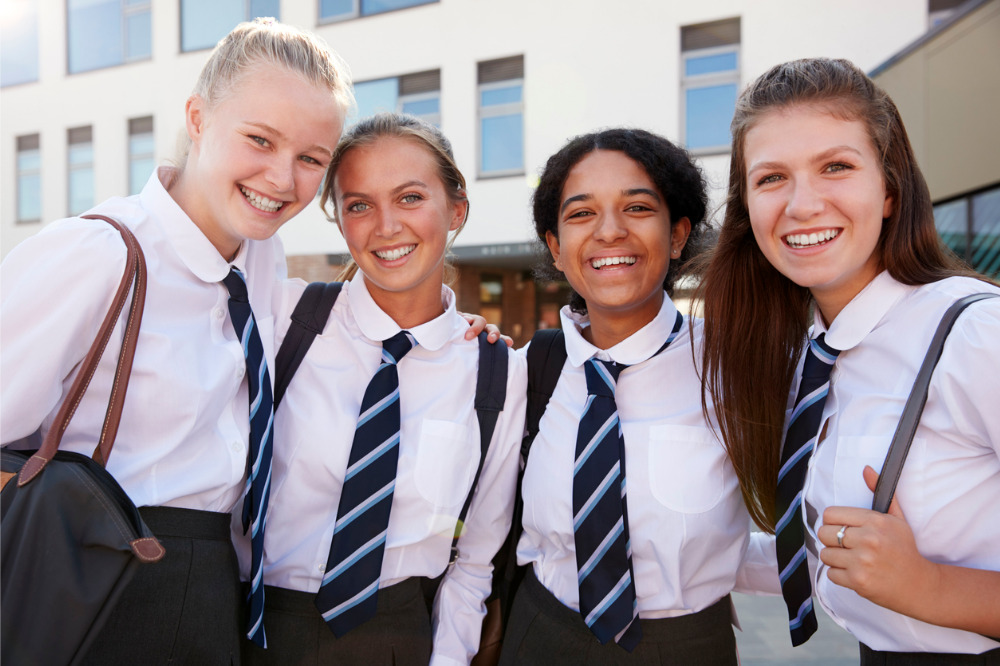
Earlier this year, a study found that girls at single-sex schools fared better than the national average during the pandemic.
The Mission Australia’s National Youth Survey 2020 combined the data of 2,670 female students attending Alliance of Girls’ Schools Australasia member schools and examined key factors such as mental wellbeing, life satisfaction, educational attainment and professional aspirations.
Since then, the sector has been compiling research about what can be done to ensure this momentum is maintained in 2021.
Loren Bridge, executive officer of the Alliance of Girls' Schools Australasia (AGSA), said girls' schools have shown extraordinary creativity through the pandemic and the subsequent shift to remote and flexible learning.
“There’s no doubt that teaching and learning have been transformed in 2021. We have seen existing technologies embraced and enhanced, and new technology platforms rapidly adopted by teachers and students alike,” Bridge told The Educator.
“As a result, our teachers have taken on board many years of professional learning in the space of less than a year, and we now know that students are capable of considerably more independent and self-directed learning than we previously gave them credit for”.
Bridge said building resilience has long been a priority for girls’ schools and during the pandemic the Alliance has “seen resilience in action time and time again”.
“Girls have stepped up, helped each other, led their schools, and initiated community-wide activities,” she said.
While research undertaken over the past 18 months has shown that girls' mental health has generally been disproportionately impacted by the pandemic, all-girls schools already have wellbeing programs in place that are specifically tailored to meet the needs of girls”.
Bridge said all-girls’ schools have been implementing some key learnings from 2020 to build on the sector’s success.
“Our schools have told us that during this period students demonstrated incredible resilience and flexibility as they adapted to this new way of learning,” she said.
“With many universities and workplaces continuing to operate hybrid work and learning models, schools have accelerated their thinking in this area too”.
Bridge said that by teaching strategies on ‘how to learn’ and how to navigate issues and problems, schools aim to equip students for a future world and provide them with the best opportunity to thrive in their pathway of choice
“We’ve all learnt some lessons about creating space in our busy schedules to rest and recharge, and hopefully that will lead to a more sustainable workload and practice for both teachers and students. The pandemic has also reinforced the importance of connection with friends, family, colleagues and community,” she said.
“Staying connected as a school community is something that girls’ schools have done extremely well during periods of remote learning and lockdowns, but many schools have also noticed that families have become far more connected and that girls have enjoyed spending more time at home”.


